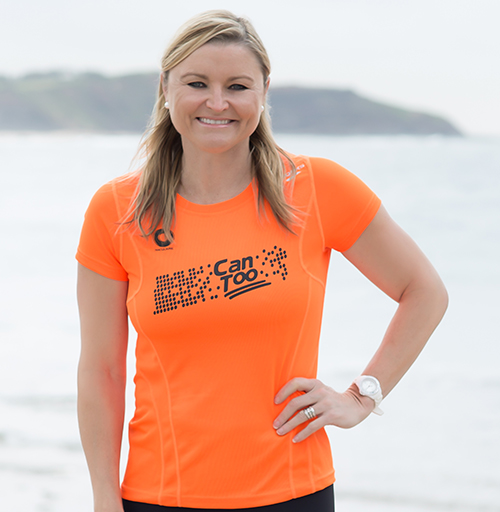
The biggest concern for an endurance event is dehydration or hyponatremia.
Dehydration by 2% can start to impact performance and Overhydrating by just 2% can cause hyponatremia. You need to avoid both.
The best way to know how much water you need is to do a simple sweat test. This is easily done on a 1 hour mid week run. As a broad guideline the average sweat rate is around 600ml -750ml per hour - please consider that this varies greatly depending on pace, air temperature, fitness level and you – some people are just sweatier than others.
So why is staying hydrated so important during your run?
Water is key to keeping your blood, which contains much-needed oxygen and sodium, flowing quickly and easily to your heart, lungs and muscles—as well as helping every body part needed to run well function at its peak. However, when you become dehydrated, consequently your blood becomes thicker, which makes your heart work harder to pump blood to the body parts that need its fuel.
Is it possible to over-hydrate?
Yes, especially for beginner runners. You can actually drink too much water while running - this is called hyponatremia. When you are new to running, you are probably not running at the same effort as a veteran runner (yet), which means you might not be sweating as much. In other words, you don’t lose liquid from your body as quickly as someone running at a harder effort and pace.
Finding the right balance for you between dehydration and over-hydration is something you will learn as you continue to consistently run.
When you sweat during running you are also losing salts – mostly sodium. For endurance events, it is important to replace these salts – as it improves hydration – allowing the water to get into the cells, reduces the risk of hyponatremia and also reduces the risk of muscle cramps.
For an endurance event consider taking a salt replacement capsule, these are available from good sports stores – popular brands are Hammer Endurolytes, or Salt Sticks.
Some fuel sources (liquids, gels, chews etc ) have salt added to them – check your labels.
Check out Tamara's previous tips here.









